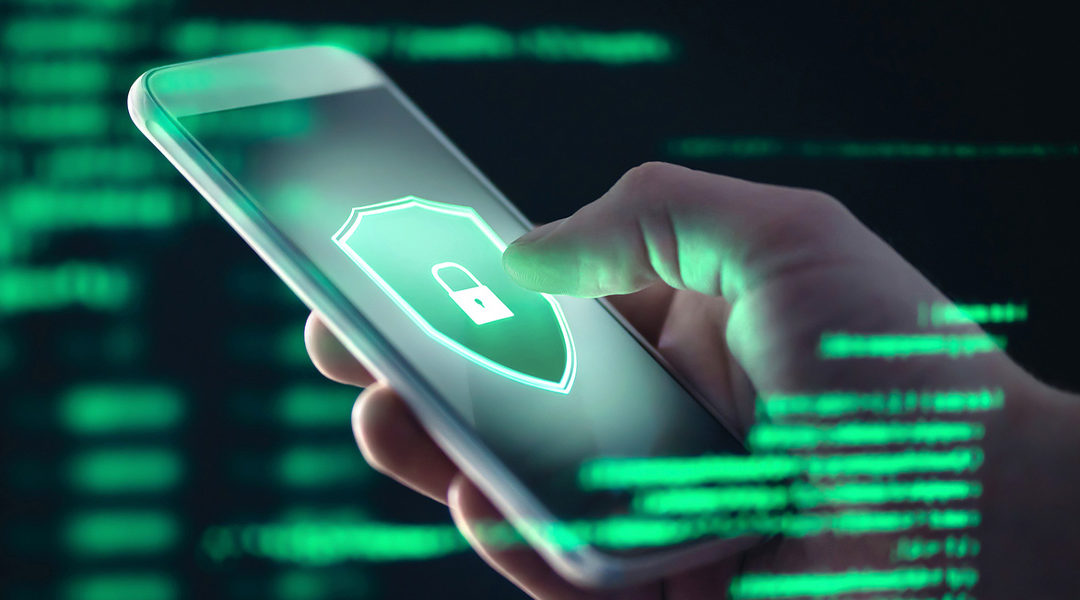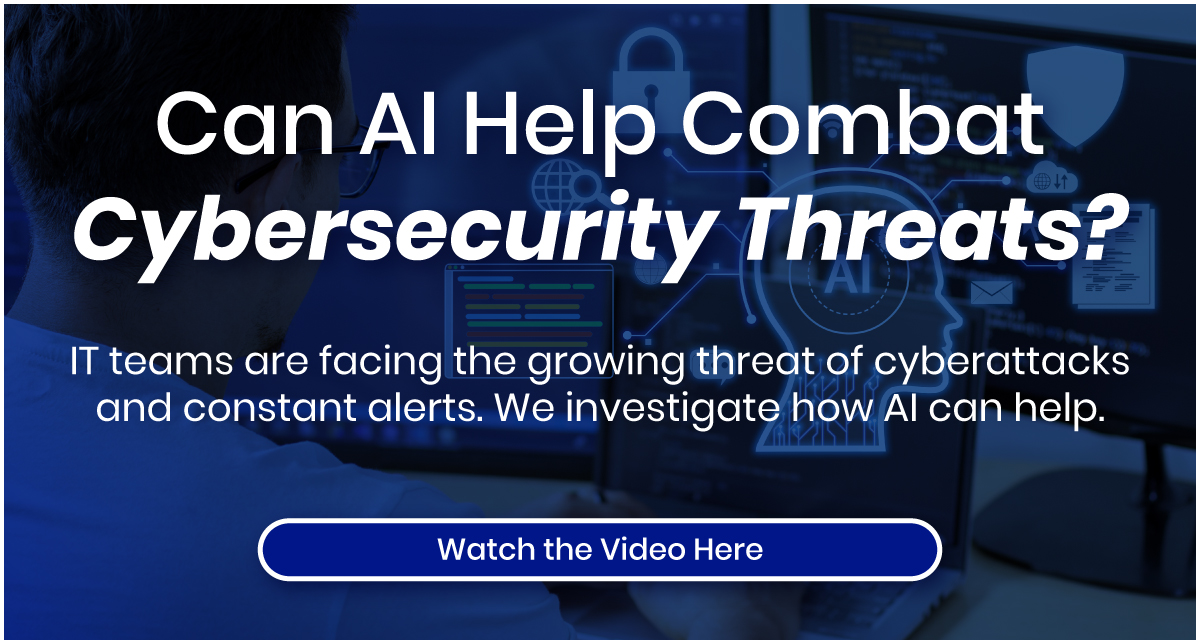We all have passwords—though some are more secure than others. Passwords can be tricky and the requirements for creating them continue to increase. However, despite how complicated your password may be, some sites will ask users to confirm their identity using multi-factor authentication (MFA), often via an SMS verification code. While the extra step may be viewed as an inconvenience, MFA is critical and should be implemented according to cybersecurity best practices. Multi-factor authentication benefits organizations and their employees by providing an extra layer of security and helps protect data from hackers and data leaks.
What is Multi-Factor Authentication?
Multi-factor authentication is a security system that requires two or more methods of authentication to verify a user’s identity. Instead of using the standard login credentials (i.e., username and password), multi-factor authentication requires credentials from at least two or more categories before access is granted.
- Knowledge: Something You Know
- MFA factors within the knowledge category include passwords, PINs, passphrases, and security questions (e.g., What is Your Mother’s Maiden Name?). However, these factors have become less secure as users fall victim to phishing schemes or openly share their personal information on social media sites.
- Possession: Something You Own
- Users may also be asked to verify their identities using personal devices like a smartphone. Users will receive a one-time passcode (OTP) via SMS to input into the site upon log in. Other possession factors include tokens, key fobs, or smartcards that can be inserted into the device.
- Inheritance: Something You Are
- The final MFA factor that can be implemented is an inheritance factor, also referred to as biometrics, which are unique physical factors that we all possess. These include fingerprint scans, facial recognition, voice recognition, or retinal scans.
While an unauthorized user may be able to steal a password from a database on the dark web, multi-factor authentication prevents the hacker from gaining access to your organization’s data since it requires additional factors to successfully login. This requires much more effort on the bad actor’s part and in turn will stop most from pursuing further.
Multi-Factor Authentication Benefits
1. Improves Security
No matter how strong passwords are believed to be, the greatest benefit to MFA is that it provides an extra layer of security for users. Alex Weinert, Microsoft Group Program Manager for Identity Security and Protection, explains that accounts with MFA are 99.9% less likely to be compromised if using MFA.
2. Limits Access
Organizations can use MFA to control who does and who doesn’t have access to certain files and data. Compared to passwords which can be passed around or duplicated, multi-factor authentication not only limits access but can ensure that whoever is able to access the data is, and only is, the person who has the credentials.
3. Choices for Authentication
Since multi-factor authentication offers three common categories for credentials, the types of authentications your organization chooses to implement can be adjusted depending on the security and logistical needs of your organization.
4. Adheres to Regulatory Requirements
For companies needing to comply with certain industry regulations such as HIPPA, CJIS Security Policy, or cyber risk insurance, MFA can be implemented to prevent unauthorized personnel from accessing systems.
5. Ease of Implementation
For employees, multi-factor authentication is a non-invasive, easy to implement security solution. MFA does not affect the organization’s virtual space and is intuitive for users to pick up with ease.
6. Improves Employee Mobility
Remote work is becoming a norm for many employees which means home networks need to be secure as well. MFA allows employees who use their personal devices to easily and securely access their business applications while ensuring their network and data is protected. Since multi-factor authentication comes with a single sign-on solution (SSO), employees will no longer have to remember multiple complex passwords for different applications, saving time and reducing risk for password misplacement.
7. Scalable for Your Organization
No matter the size of your organization, MFA is easily scalable for your business needs. Authentication can be set up for all users including employees, customers, and partners of your company.
8. Eliminates Password Risks
Do you use a different password for every single website and application you use? The data suggests not: according to a Google survey, 52% of users use duplicate passwords. By implementing MFA within your organization, you will reduce the risk of bad actors accessing your data if they get their hands on an employee’s duplicate password.
of users use
duplicate passwords
Protect Your Employees with MFA
Multi-factor authentication benefits both organizations and their employees in a number of ways. MFA is among the highest level of security that organizations can implement to keep their employees, networks, and customers secure. From protecting data to streamlining employee productivity with single sign-on solutions, MFA not only improves your organization’s security, but provides an extra layer of protection for your employees. Interested in seeing which MFA solution is right for your organization? The team at Innovative Integration provides expertise on MFA solutions in addition to comprehensive IT support. Contact us today to learn more!





